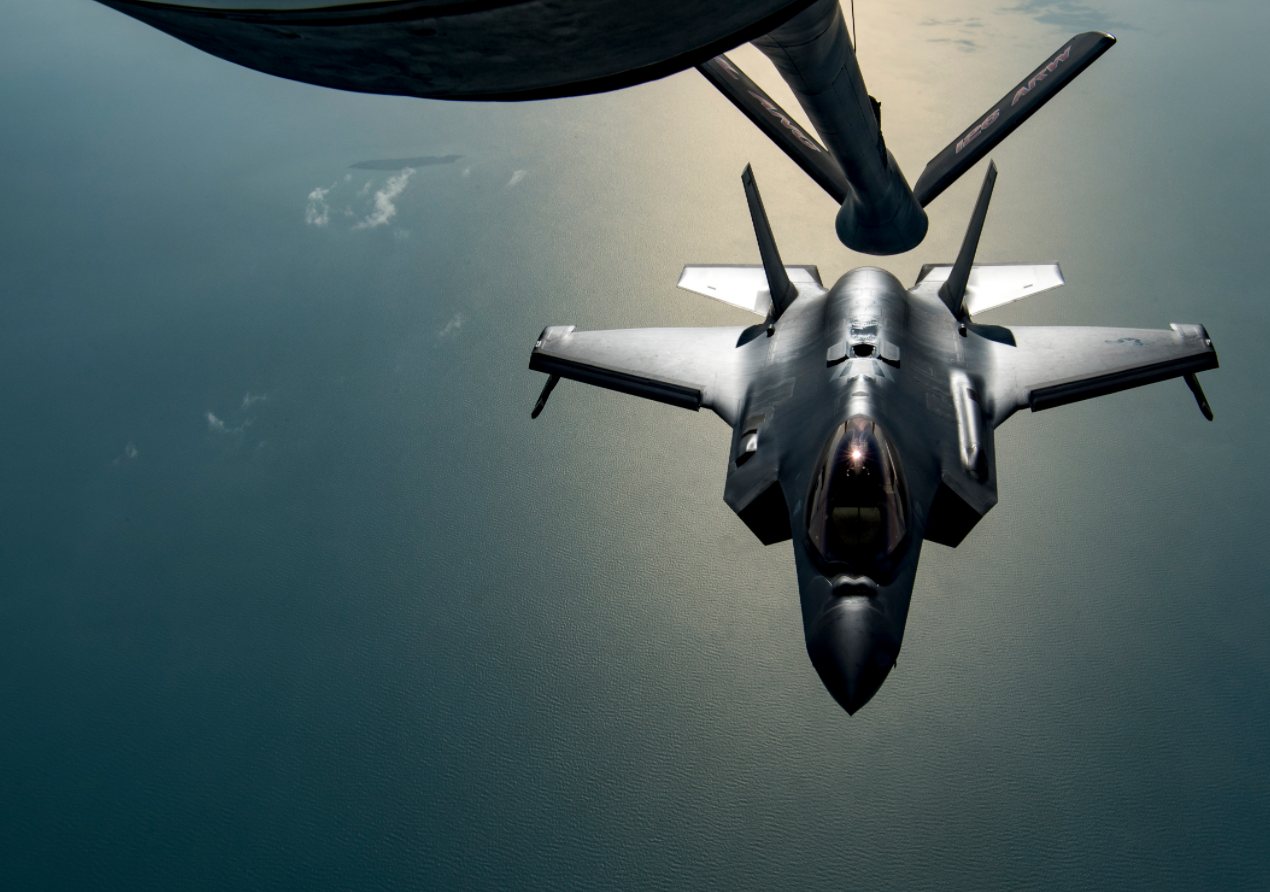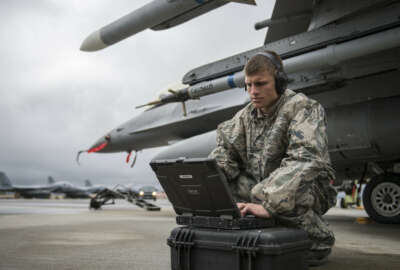Air Force introduces ‘sweeping’ changes to force structure
The Air Force will create a new capabilities command to deploy its airmen and bring back warrant officers as part of a major overhaul to modernize the service.
In one of the most significant reorganizations in recent history, the Air Force is reshaping its service’s structure in an effort to meet the security challenges of an increasingly complex global landscape.
Among the biggest changes is the creation of a new command center, which will play a crucial role in centralizing the planning process for the service’s future requirements and capabilities. The Integrated Capabilities Command will allow other command centers to focus on daily operations rather than independently determining their own requirements or planning for the future.
“It’s just what the name infers,” Air Force Chief of Staff Gen. Dave Allvin said at the Air and Space Forces Association’s Air Warfare Symposium Monday. “They will design and they will put the requirements in and test one Air Force, not some of our functional Air Forces and then we have to put them together later.”
“This is where the operators will test operational concepts against our force design. They will also ensure that when we have modernization initiatives, those are rationalized to ensure our current force gets to the future force in a way that makes sense so we do not unintentionally put modernization on platforms that really don’t have a long-term play in the future force design. It wastes money.”
The service is also standing up a new integrated capabilities office, which will help the leadership prioritize modernization investments.
When Air Force Secretary Frank Kendall wanted the service to focus on closing the gaps for operational imperatives he introduced over two years ago to support the Air Force’s modernization priorities, there was no organization to support those initiatives. The integrated capabilities office will be in charge of determining the next iteration of operational imperatives.
“We’ll be looking at capabilities across our services, not in stovepipes,” Kristyn Jones, who is currently performing the duties of the Air Force under secretary, said.
The changes also include elevating Air Forces Cyber from under Air Combat Command to being a standalone service component command. Air Force Cyber will report directly to U.S. Cyber Command, which is responsible for coordinating defense and offensive cyber operations across the military services.
“This reflects the importance the cyber is going to take in future warfare and it also enables that direct relationship and for us to better understand and articulate the risk and also develop capabilities within our Air Force,” Allvin said.
This is not the first time Air Force Cyber has gone through significant organizational shifts. In 2018, it transitioned from being under Air Force Space Command to falling under Air Combat Command. It was later merged with Air Force intelligence units to form the 16th Air Force.
Additionally, the Air Force is bringing back warrant officers in IT and cyber fields to fill the service’s technical expertise gap. The service made a decision to phase out the role over 50 years ago, with the last active-duty warrant retiring in 1980.
“Developing that warrant officer track for this narrow career field, we anticipate, will drive that talent in and help us to keep that talent. There’s something specific about this career field why it’s attractive and it’s a nice match for a Warrant Officer Program,” Allvin said.
More broadly, the service is restructuring its operational wings into three distinct categories, or “units of action.” These categories include deployable combat wings, in-place combat wings and combat generation wings. The goal is to improve the service’s ability to rapidly deploy support staff alongside squadrons without interrupting day-to-day operations.
“We need to ensure that our combat wings are coherent units of action that have everything they need to be able to execute their wartime tasks,” Allvin said.
The senior officials are still finalizing the details regarding the 24 decisions they announced on Monday. Kendall said that each decision will have a timeline for planning and execution, which will vary from immediate to over a year.
Copyright © 2025 Federal News Network. All rights reserved. This website is not intended for users located within the European Economic Area.






